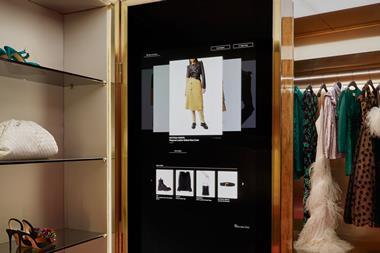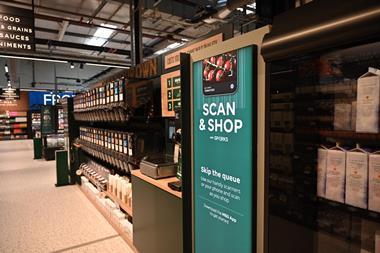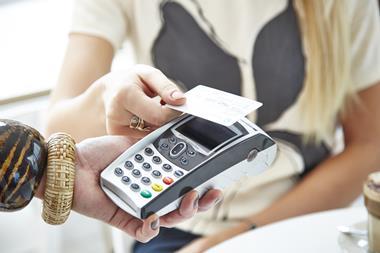Increasing conversion rates is a constant ambition for ecommerce retailers, with dropouts in the checkout process a particularly challenging issue to resolve. Payoneer’s Lochan Sim sets out four tips to strengthen your payment experience as you expand and grow.
1. Offer localised payments
Customer experience is key as you embark on global expansion. By understanding your customers’ payment preferences and providing trusted and recognised payment methods, you’ll naturally reduce cart abandonment and develop loyalty across your global audience.
Having the right mix of payment methods per region is crucial.
For example, in countries with higher levels of unbanked residents, there’s greater demand for payment methods like e-wallet or prepaid cards. And some countries, like Brazil, have cultural preferences for paying in instalments.
Having a diverse range of payment methods to meet global payment preferences therefore increases the likelihood that your customers will complete the checkout process.
Understanding these cultural preferences and implementing the right payment methods can be complex. That’s where a trusted payment partner can really help.
2. Customer experience is paramount
The global average rate of cart abandonment in 2018 was 75.6%, according to SaleCycle.
Aside from offering localised payment methods, small tweaks can make big differences to your conversion rate.
“Autofill, transparent delivery costs and cohesive design all help nurture your customer through the checkout flow”
If you’re serving an audience that may be less tech-savvy than others, build trust through familiarity: don’t create a payment experience significantly different to others they may have experienced.
Autofill, transparent delivery costs and cohesive design all help nurture your customer through the checkout flow.
Giants like Uber and Amazon are the gold standard, taking payments with minimum user friction.
For smaller players, using the familiar, tried-and-tested templates and best practices of providers like Shopify is often a sensible way forward.
3. A/B test your payment options
Instead of trying to pack your checkout with as many payment options as possible, consider which ones are likely to be the most appropriate for your audience.
Options like buy now, pay later (BNPL) may be hugely successful for some retailers. For others, their audience simply may not want – or need – the hassle of an extra debt.
Your audience demographic definitely has an impact on the payment methods you should use.
So, too, does the device your audience uses. If they’re mobile-first, for example, you might not want to expose them to a poor experience that may risk the shopper dropping out.
Payment orchestration can reduce both the time and cost of running tests. That’s a big win when some of this simply comes down to trial and error.
4. Prioritise payment stack investments
Having a seamless checkout experience is vital.
If you have the budget, spread your spend across both front-end and back-end investments.
“If you’re not making sales, you don’t have a business – so prioritise whatever helps convert visitors into buyers”
But if your budget is limited, it’s important to focus on the front-end areas that will help to maximise conversions.
If you’re not making sales, you don’t have a business – so prioritise whatever helps convert visitors into buyers.
If that means focusing on the front end and not necessarily having the most efficient back-end reconciliation process as a result, that’s still better than having an efficient reconciliation process but no sales to actually reconcile.

Lochan Sim is vice-president of partnership and strategic sales at Payoneer




























